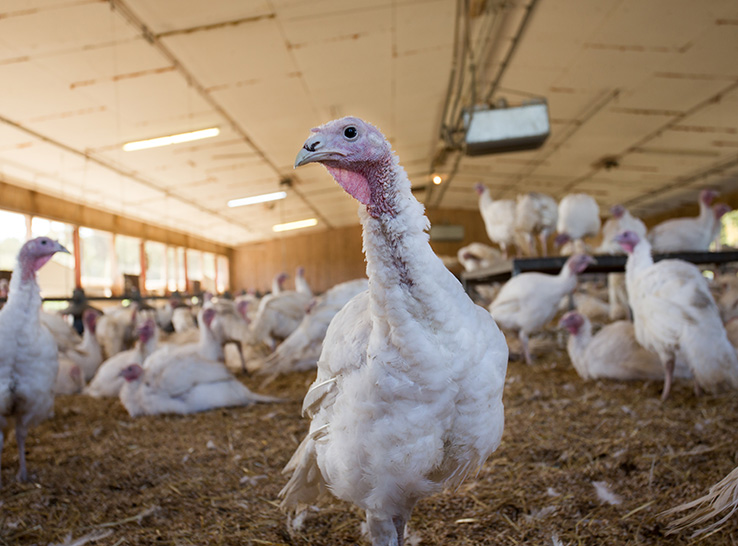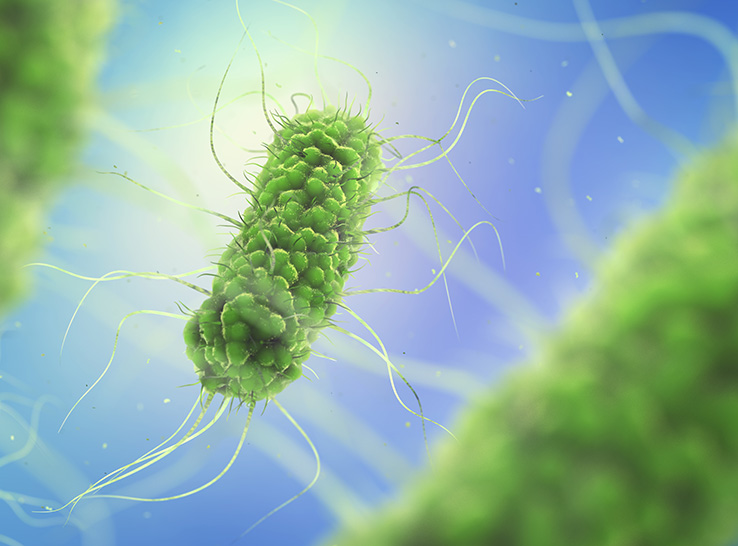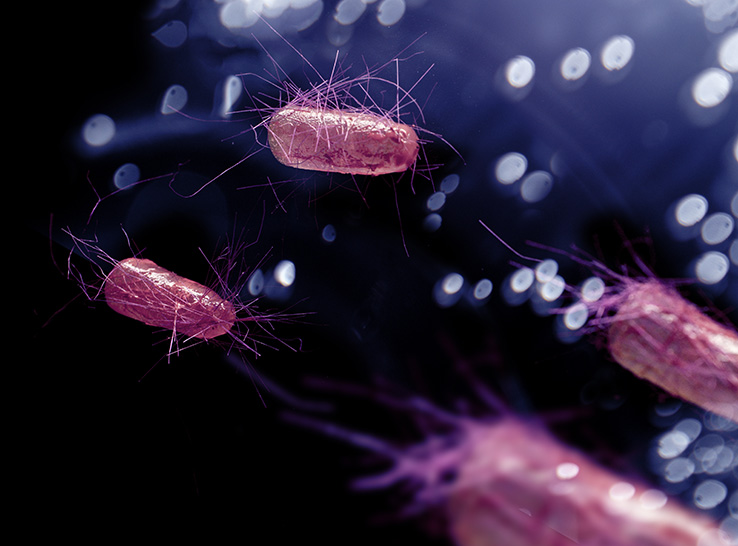One thing Billy Hargis, DVM, PhD, has learned about Salmonella is that it is a “clever, nasty bug.” Today, Salmonella has evolved to become adept at fecal-respiratory transmission in turkeys, according to the University of Arkansas distinguished professor of poultry science.
“The gospel was: Salmonella is transmitted by fecal-oral transmission,” Hargis said during PEAK, hosted by the Midwest Poultry Federation. “But in the last 10 to 12 years, a few things that were published show that this is not always the case and that makes sense to me.”
The evolution
The change in transmission was first noticed during the Salmonella Reading outbreaks. “There were no cases of Salmonella R. in turkeys until 2013,” Hargis said. “Then we started to see a lot of it. Things evolve. Something that wasn’t a problem becomes a problem.”
Testing in these cases showed the possibility of transmission via dust, which tested positive for Salmonella. “You can sample fan blades from a commercial house for dust with Salmonella and it’s as good as sampling boot swabs and a lot easier,” he added.
Once Salmonella enters a turkey’s respiratory tract and can get below the cilia, macrophage — a type of white blood cell that surrounds and kills microorganisms, removes dead cells, and stimulates the action of other immune system cells — should remove it.
“However, Salmonella has developed a mechanism to suppress macrophage killing of it,” Hargis explained. “It can actually ride on a macrophage throughout the body.”
From the initial infection of the lungs, Salmonella can be transported to the liver to cause an infection and to the gastrointestinal tract through bile. Salmonella is “remarkably” bile-resistant, Hargis added.
Investigation results
Results from several recent studies support respiratory transmission. Hargis cited one by a graduate student who studied different challenge doses in turkeys including intratracheal and oral methods. “The lung…was quite infected by intratracheal and was evidence that it could be a source of infection,” he said.
Another study looked at tracheal positives in commercial birds versus cecal positives. “The tracheas are pretty good sources of detecting Salmonella within the commercial flock,” he continued. “It can get to the trachea, the lower respiratory tract. But it’s hard to prove.”
One study involved moving week-old turkeys to the university facilities, using a broad-spectrum antibiotic treatment to make them susceptible and infecting them with a wild salmonella (serotype?). The turkeys were then processed in the university’s plant at 14, 21, and 28 days post challenge.
“The skin was the most positive for Salmonella, and the trachea (not challenged), liver, spleen and lung were surprising high [in Salmonella levels],” Hargis said.
Limited treatments
Unfortunately, solutions for respiratory transmission are limited, according to Hargis. Air filtration is a big task in poultry houses and litter treatments don’t last.
“Vaccination may be the only solution for this portal of entry,” he concluded. “Ultimately, we are going to have to ramp up vaccination protection.
“Salmonella is a very, very successful pathogen. I started doing this work in 1987 and thought we’ll solve this and move onto something else. Unfortunately, it’s been a long time.”







